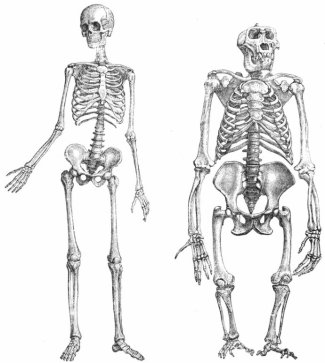The violence we see spreading from shopping malls in Oregon, to movie theaters in Colorado, to college campuses in Virginia, to elementary schools in Connecticut, is being spawned by the toxic view of a violent popular culture, a growing mental health crisis and the proliferation of combat-style weapons.
There are alot of us that are for stricter gun controls but also know we have a second amendment right to bear arms that we cannot afford to give away, so where do we go from here. Some believe we should ban assault weapons. Some think a limit on the number of rounds people can purchase.
This morning I put myself in the shoes of a Congressman and thought to myself, if I had the power to change things, what policies would instill into a bill. What I came up with was that if even just the principle had a concealed weapon, then things would have ended better.
After Columbine, we installed better security measures. We taught teachers how to identify situations and keep students safe. Teachers had to learn to counsel student victims of bullying to prevent volatile situations and how to handle naturally occuring disasters. Now, in the wake of a tragedy we have never seen before, we should train teachers in another important aspect of a quickly failing society.
To shoot to kill. Along with a college degree and a clean criminal record, teachers should have a CHL(Concealed Handgun License) and a handgun locked in a safe in their desks I think violence in schools would cease.
Sure, violence will always arise in places because of the dramatization of violence and guns in music, movies, and art, but Lanza and the Trench Coat Mafia, would have thought better of walking into a school to massacre children when 100 school staff is packing protection.
When it comes to mental health issues in people, this is complicated, we’ve got to find a way to create a society in which those closest to people in trouble, mentally, acknowledge that and help them secure assistance.
As for violence in the entertainment and video game industry, I think we really do have to reopen the conversation and go back and ask ourselves, is there more we can do?
Tag Archives: change
How Apes Became Human Part 2: Bone Structure
As I discussed in part one, bipedalism, the ability to walk upright on two legs, was the first genetic transition that occured in the human-ape split timeline.
Indeed our ancestors’ anatomy underwent all sorts of basic changes to accomodate this new upright way of walking. Many of these changes that occured would have had to help the body stay balanced and comfortable by countering and stabilizing the weight bearing loads and keeping the upper body balanced above the feet. To walk upright in a habitual way, you have to do it in a synchronous manner. If your joints, muscles, and ligaments are not aligned properly it leads to injuries, which would have led the earliest ancestors to become prey, not predator.
The most crucial evolutionary changes in the bone structure were those in the torso, chest and spine. The distance between the chest and the pelvis is larger in humans than in apes, allowing the spine to curve pushing the upper body centered above the pelvis bones for balance. The pelvis grew wider and humans developed a hip joint and other ligaments that stabalize the pelvis, thats why humans do not sway side to side when they walk, apes do.
Even more changes took place in the legs. On the thighbone, the bent part at the top is broader in humans than in apes, which increases balance. The human knee, too, is specialized for upright movement. To compensate for the thighbones being angled, there’s a groove at the end of the femur to prevent the kneecap from sliding off the joint. An ape doesn’t have this groove due to the lack of angulation between the knee and the pelvis. This change meant you were biped.
Lastly, there is the foot. What’s so important here is the height difference in the arch of the foot. The arch is larger and higher on humans than on apes. The arch is a great shock absorber. To create such an arch the ape’s opposable big toe became aligned with the others, and the muscles and ligaments used to grasp trees repositioned under the foot.
Many other changes took place over millions of years and thousands of generations. In the next part I will discuss the evolutionary transits that occured on the exterior.

